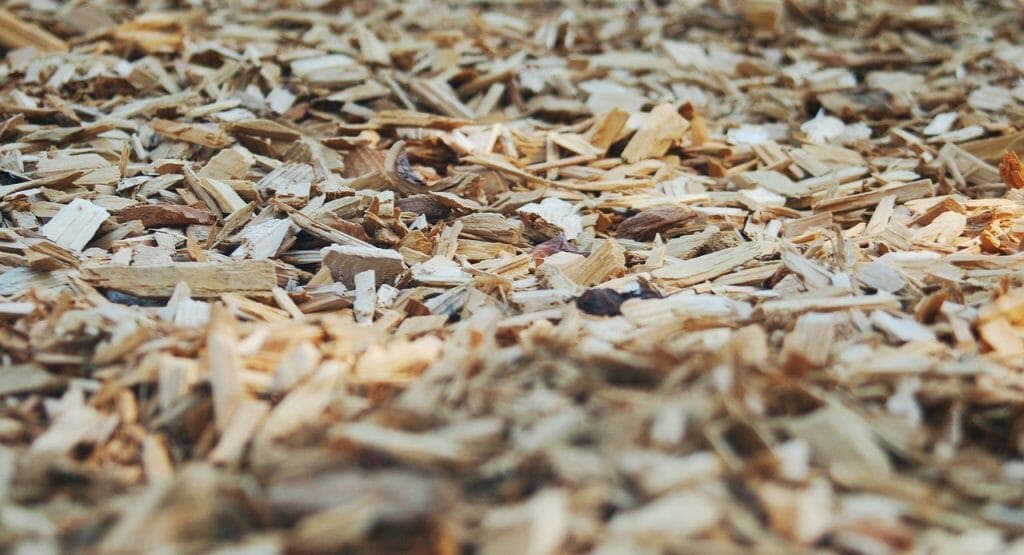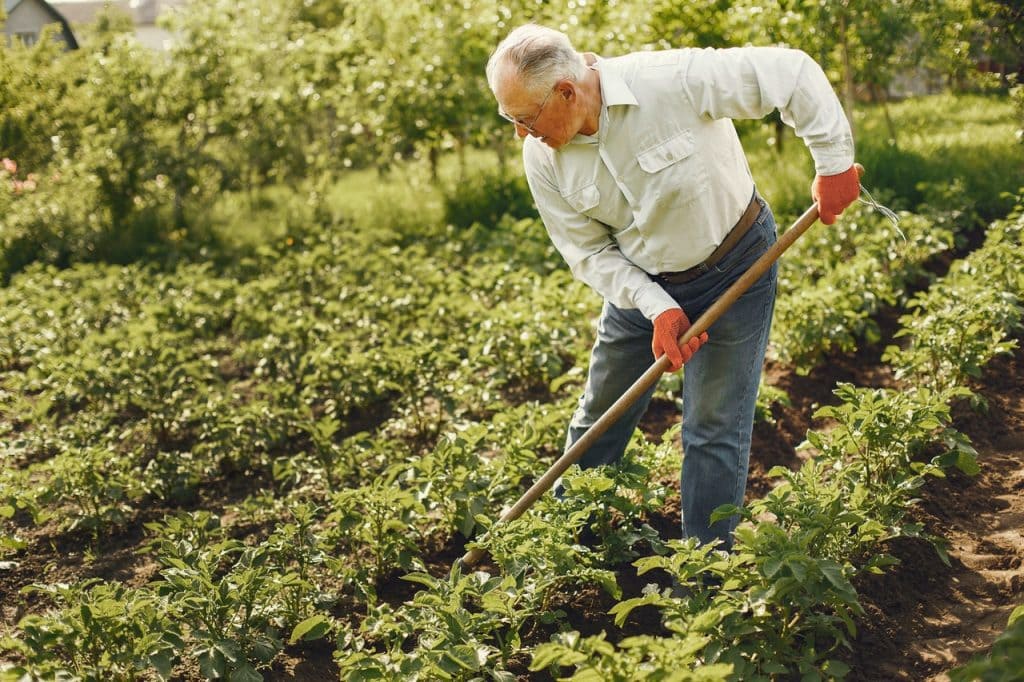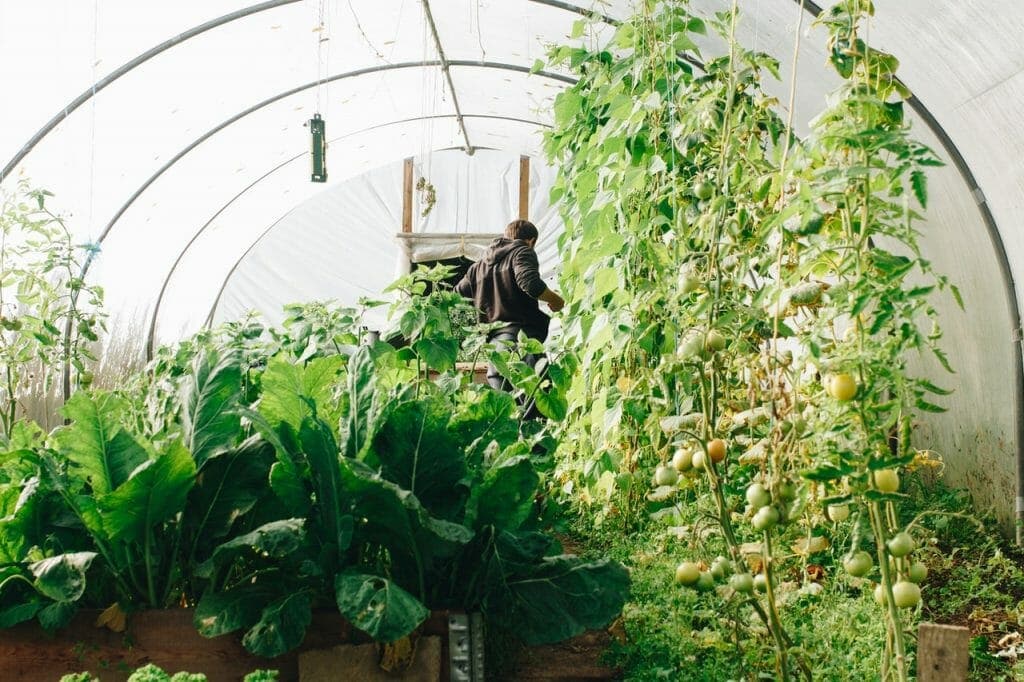Written by Admin and published on https://www.craftylittlegnome.com/
Mulch is the ultimate gardening time-saver, no matter if you’re tending to flower beds or vegetable gardens. And while mulching itself may be a pain, it reaps many rewards: When done properly, mulch cuts down on the time it takes to water, weed, and fight pests. All in all, this makes for healthier fruits, veggies, and flowers.
For a more fruitful garden, make sure you pick the best mulch for the job. Even though most mulch types will ward off pests and weeds, some cater to the needs of specific plants, trees, or other crops. Before you lay any ol’ mulch down, read on to find the perfect type for your garden, as well as tips and tricks on how to distribute it properly.
MULCHING PLANTS: HOW TO USE MULCH IN THE GARDEN
Why should you be mulching plants in your garden this year? Mulch is any material placed around plants to reduce weeds. Gardening with mulch can benefit your garden in so many ways. It’s aesthetically pleasing, controls weeds and helps regulate the soil temperature. Learn everything you need to know about mulching plants in your garden.
Get Your Free Inspirational Quote Printables
Enter your email address below and get instant access to the printables.
FYI- This will add you to my mailing list but you can unsubscribe at any time.Gimme!
Mulching Plants
My gardening game is going strong this year. After many years of trial and error when it comes to landscaping and veggie planting I am finally making serious progress on my lawn and garden. All work that we have done over the past couple years has held up and the shrubs and flowers I planted are coming back each year and looking better and better. I owe a lot of my success in the garden this year to the following:
A) The fact that I finally bought a lawn mower and have been keeping up with cutting the grass (as opposed to borrowing my in-laws mower once every couple of months).
B) Weeding the garden starting early in the season. Pulling the weeds before they got out of control has cut my workload down immensely. Now I can just stroll out to the garden and pick a few weeds here and there before they get too big and unruly.
Now that my garden is actually looking half decent I would like to try to keep it that way. It’s time to take things to the next level. Enter: Mulch.
What Exactly is Mulching Plants?
Mulch is any material placed around plants to reduce weeds. It is usually a few inches deep. It can increase or decrease soil temperature, retain soil moisture and reduce soil compaction. The type of mulch used depends on your landscape, the needs of your plants and the desired aesthetic of your garden.
What Kind of Mulch Should I Use?
There are many types of mulch and they can be categorized into two groups: Organic and Inorganic.
Types of Organic Mulch
- Compost
- Bark
- Wood chips
- Leaves
- Seed hulls
- Grass clippings
- Newspaper or cardboard
- Straw
Organic mulch adds nutrients to the soil as they decompose. Because organic mulch will break down over time it will need to be re-applied periodically. Organic mulch tends to be cheaper than inorganic mulch.
Types of Inorganic Mulch
- Rubber
- Plastic
- Gravel and Stones
The following are affiliate links. We are a participant in the Amazon Services LLC Associates Program, an affiliate advertising program designed to provide a means for us to earn fees by linking to Amazon.com and affiliated sites. Thank you for being part of Crafty Little Gnome
Many inorganic types of mulch are made from recycled tires and other rubber or plastics. The main benefit of inorganic mulch is that it will not break down and need to be replaced. This mulch tends to be more expensive than the organic mulch and because they are made from plastic and rubber not as environmentally friendly in my opinion. If want to keep your garden low maintenance and not have to redo the mulch then the inorganic mulch might be a good option for you.
What is the Best Type of Mulch to Use?
Shredded bark is one of the most common and least expensive types of mulch. It comes from a variety of sources, including cedar trees. Shredded bark is one of the best mulch types to use on slopes and it breaks down relatively slowly.
When do you Apply Mulch?
Mulch can be applied in spring and/or fall depending on your garden goals. Applied in the spring, mulch will help prevent weeds from sprouting, it adds nutrients to the soil (if organic) and will keep soil temperatures cooler over the summer. Applied in the fall, mulch will help keep soil temperatures warmer throughout the coming winter.
Don’t be in too much of a hurry to apply mulch in the spring. If you apply it too early, before the soil has a chance to warm the mulch can slow the warming process down. Apply mulch mid to late spring for best results. Seedlings may not be able to work their way through a thick layer of mulch. Let your plants get off to a good start by laying down a thin layer at first.
You can always add more mulch after the plants are established. You may need to apply additional mulch in the summer to retain moisture and in the winter to insulate it from the cold. If you garden has a layer of mulch in the winter, gradually pull it away as the temperature warms. If you remove it all at once the new growth underneath could be affected if there is a late season cold snap.
How do you Apply Mulch?
Mulch should be evenly applied a few inches deep around trees, shrubs, and perennials, but never deeper than four inches. Mulch should be kept about an inch away from the main stem or stems of a plant and should never be piled against the trunk or over the top of a plant. For plants or trees in the lawn, a three to six-foot ring should be applied extending out from the trunk, for plants in beds it is best to mulch the entire bed.
Should the Mulch Touch the Plants?
Deep mulch protects the soil, but it can damage the stems or trunks of plants and trees growing in the planting bed. Thin the layer of mulch in the areas immediately surrounding plants or trees. Avoid letting the mulch actually touch the stems or trunks.
What do I do if There are Bugs in my Mulch?
You may notice that there are more bugs than normal in your mulch, especially during the rainy season. Fortunately these insects don’t tend to cause problems.
Termites might be attracted to the wood in compost, but they usually like larger pieces of wood. They don’t like finely shredded mulch or bark nuggets, or mulch made from cypress, cedar or eucalyptus. If you find that bugs are a problem in your mulch shredded rubber mulch or other inorganic mulch like stone or crushed rock are excellent alternatives.
Can Mulch Kill Plants?
While all plants grow better with mulch, too much can kill them. The secret to nurturing a healthy landscape is to know when enough is enough. Two to four inches is the ideal depth for mulch around trees and shrubs.
Do I need to Remove Old Mulch Before Adding New?
For an annual bed, remove old mulch before you till the soil and add compost. If you’re applying mulch to a perennial bed, you might be tempted to just add a new layer of mulch on top, but this can cause rot, nutrient starvation, and plant death. Remove as much of the old layers as possible before you add more.
Should You Water Before or After Mulching Plants?
If the mulch is hot to the touch, allow it to cool before placing it around your plants. In very dry weather we recommend that when you water your plants also water your mulch. This will help hold moisture in for your plants well being.
Original post here https://www.craftylittlegnome.com/use-mulch-garden/.



